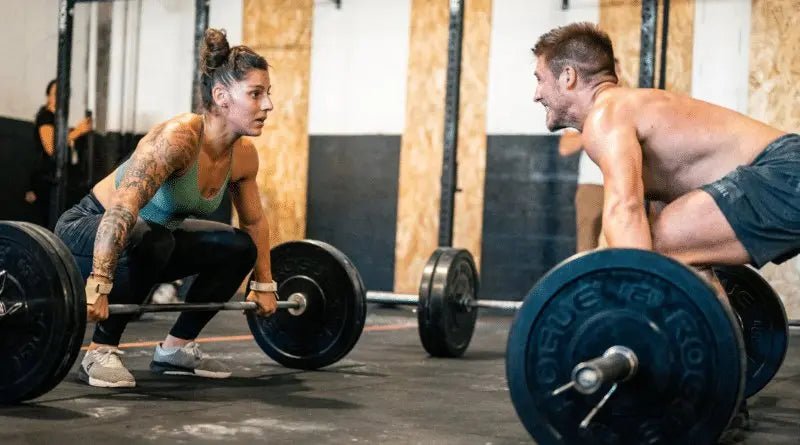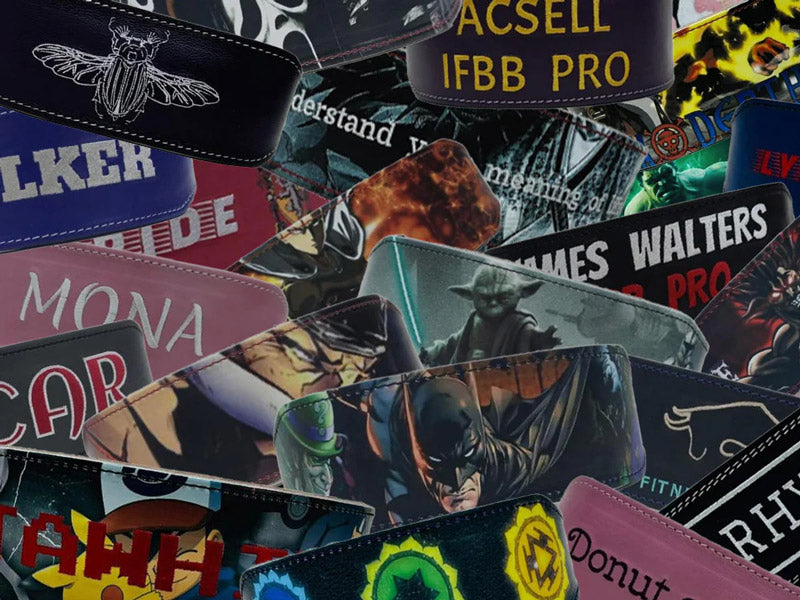
Which Size Bar Should I Use for Deadlift?
The deadlift is a foundational exercise in strength training and bodybuilding, targeting multiple muscle groups in one powerful movement. The bar you choose for this exercise can significantly impact your performance and results. But with so many options available, how do you know which size bar is right for you?
Understanding the Basics of Deadlift Bars
Before we delve into the specifics of bar sizes, it's essential to understand the basics of deadlift bars. These bars are specially designed for the deadlift exercise, with features that can enhance your performance and reduce the risk of injury.
Deadlift bars are typically longer and thinner than standard weightlifting bars. They also have more whip, or flex, which allows the weights to get off the ground before the bar bends fully. This can help you lift heavier weights and achieve a more efficient lift.
Standard Bar Dimensions
The standard barbell used in gyms and competitions typically measures around 7.2 feet long and weighs 20 kilograms or 44 pounds. The diameter of the bar can vary, but it usually falls between 28 and 29 millimeters.
However, deadlift bars often deviate from these standard dimensions to accommodate the unique demands of the exercise. Let's explore these variations in more detail.
Choosing the Right Size Bar for Deadlifts
The size of the bar you should use for deadlifts depends on several factors, including your body size, strength level, and personal preference. Here are some guidelines to help you make an informed decision.
Bar Length
Deadlift bars are typically longer than standard bars, often measuring up to 7.5 feet. This extra length provides more whip, which can help you lift heavier weights. However, a longer bar can also be more challenging to control, especially for beginners or smaller lifters.
If you're new to deadlifting or have a smaller frame, you might want to start with a shorter bar. As you gain experience and strength, you can gradually transition to a longer bar.
Bar Diameter
The diameter of the bar can significantly impact your grip strength and comfort. Most deadlift bars have a diameter of 27 millimeters, which is thinner than a standard bar. This thinner diameter allows for a better grip, which can help you lift heavier weights.
However, a thinner bar can also be more challenging to hold, especially for those with larger hands. If you struggle to maintain a secure grip on a 27-millimeter bar, you might want to consider a bar with a larger diameter.
Other Factors to Consider
While size is an important consideration when choosing a deadlift bar, it's not the only factor to keep in mind. Here are some other aspects you should consider.
Bar Material
The material of the bar can affect its durability, grip, and feel. Most bars are made of steel, but the type of steel and its finish can vary. For example, bare steel bars offer excellent grip but are prone to rust, while chrome or zinc-coated bars are more durable but can be slippery.
Consider your needs and preferences when choosing a bar material. If grip is your primary concern, a bare steel bar might be the best choice. If you need a bar that can withstand heavy use and harsh conditions, a coated bar might be a better option.
Knurling
Knurling is the pattern of diagonal lines cut into the bar to improve grip. The aggressiveness of the knurling can vary, with some bars featuring a more pronounced pattern for a better grip. However, aggressive knurling can also be uncomfortable and cause hand damage over time.
Consider your tolerance for discomfort and your grip strength when choosing a bar with knurling. If you have a strong grip and don't mind a bit of discomfort, a bar with aggressive knurling might be a good choice. If you prefer comfort over grip, a bar with less aggressive knurling might be better.
Conclusion
Choosing the right size bar for deadlifts is a personal decision that depends on your body size, strength level, and personal preferences. By understanding the basics of deadlift bars and considering factors like bar length, diameter, material, and knurling, you can find a bar that suits your needs and helps you achieve your deadlifting goals.
Remember, the best bar for you is the one that feels comfortable, enhances your performance, and helps you lift safely and effectively. Don't be afraid to try different bars and sizes until you find the perfect fit.






